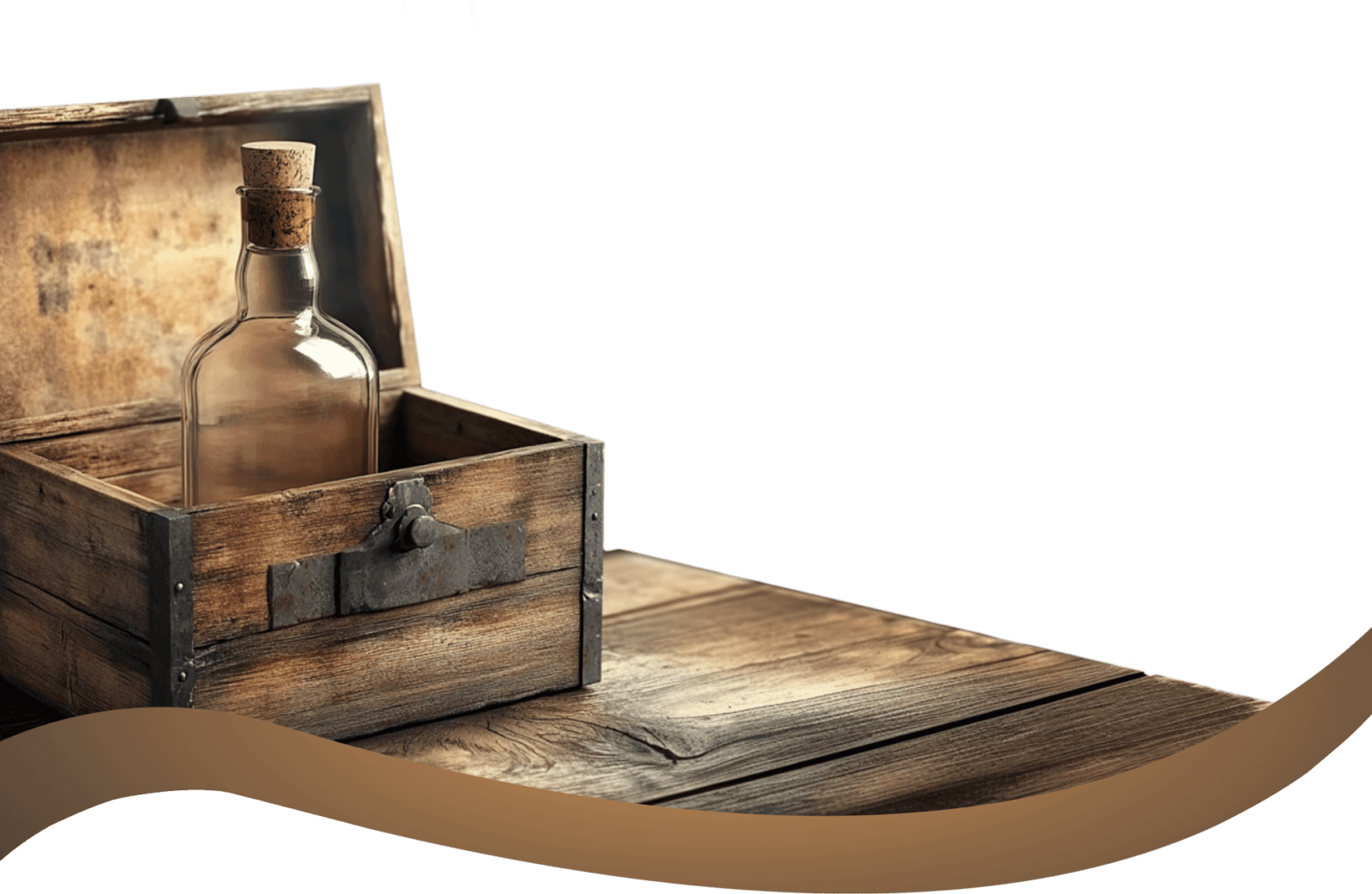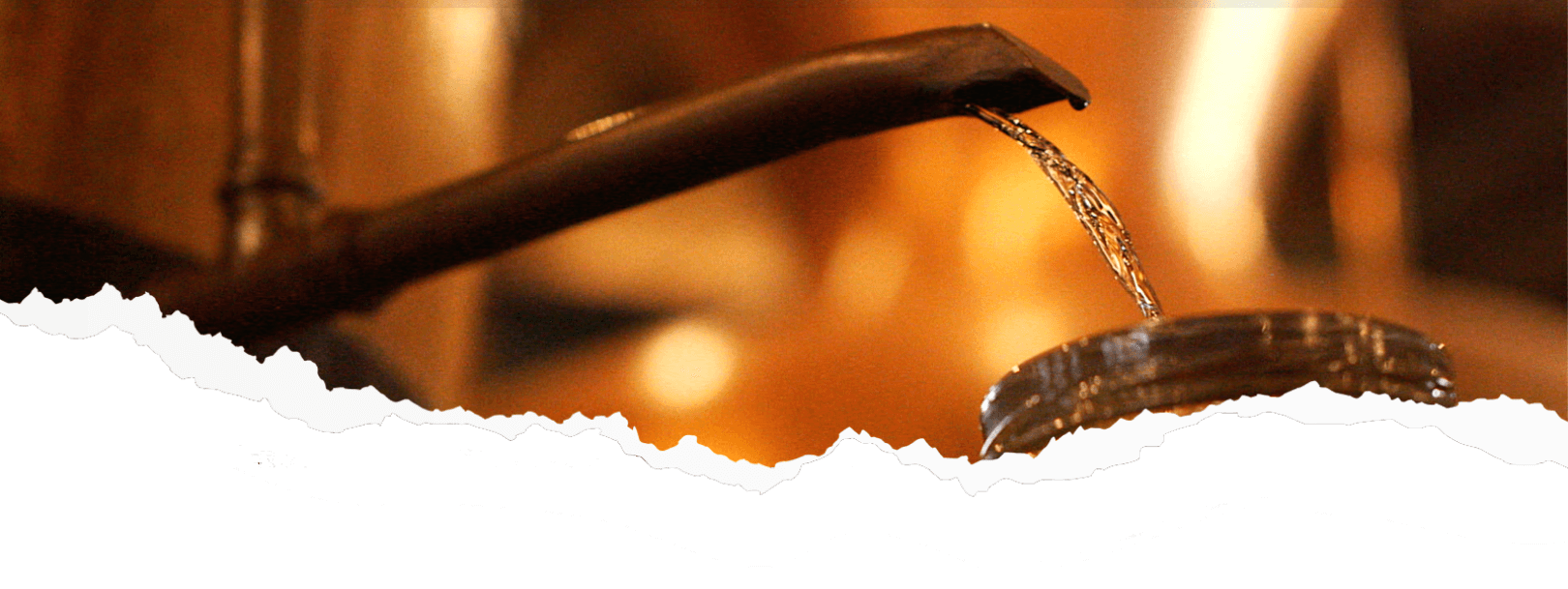
The Dries and The Wets
Florida moonshine heritage is rich and unique, blending the traditions of the Appalachian mountains with the Caribbean’s sugar-based creations. Before prohibition and even before Florida’s statehood, moonshine was a way of life for many Floridians.

Traditional corn whiskey moonshine, akin to the Appalachian style.
Sugar-based moonshine, influenced by Caribbean traditions.
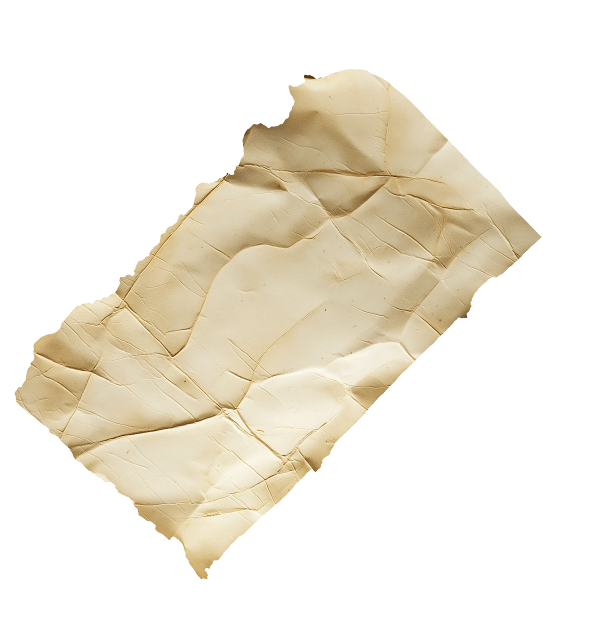
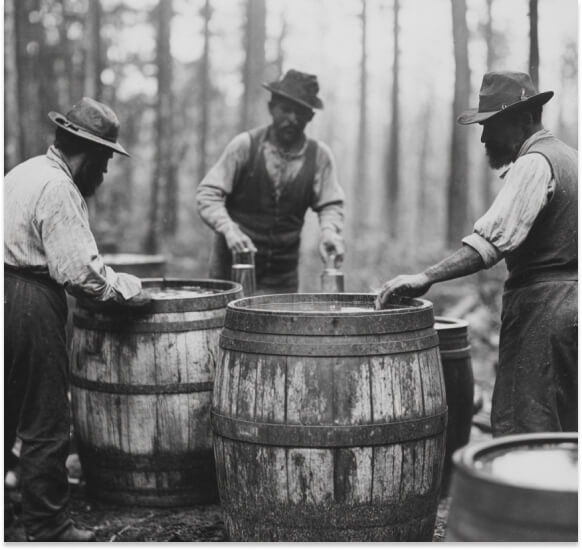
Florida was split between the “dries” in the Panhandle and the “wets” in the South, and there were dry counties before the Volstead Act. In 1916, Sidney Catts, a prominent figure in Florida politics, was denied a democratic nomination, so he joined the Prohibition Party and got elected as Florida’s Governor. On Jan 16th, 1919, the 18th amendment was added to the constitution, which prohibited the manufacture and sale, or transportation of intoxicating liquors. By the end of the year, on October 28th,1919, the Volstead Act was passed, which resulted in the enforcement of the 18th Amendment, and so it was that prohibition began. However, it did not completely stop the manufacture and sale of alcohol, and enterprising folks found ways to make products that people wanted to buy. South Floridians smuggled moonshine in from the islands, which was made from sugar; in the north, they made their own from corn. . . That’s why we offer moonshine, which is both corn-based and sugar-based.
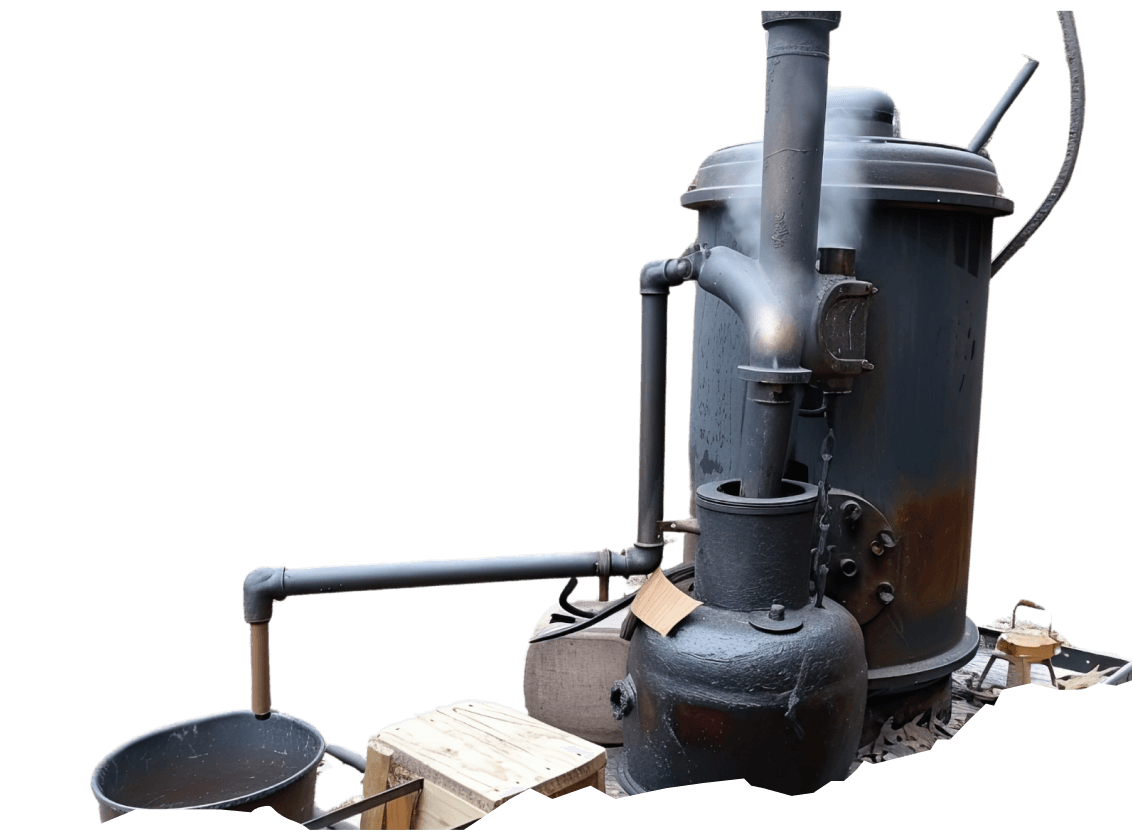
Often a blind eye was turned to those who made quality moonshine (pun intended, bad shine can make you go blind) largely because local law enforcement were repeat customers – although, they probably didn’t pay full market price – or any price for that matter. Indeed, Bill & Ben McCoy from Jacksonville were considered to be “honest law breakers” as they provided a much needed service to the community. We often hear about the bootleggers in the Smokey Mountains with moonshiners trucks equipped with souped-up engines and suspension to escape the Feds on the mountain roads. Well, here in Florida, we went one better. Mark Alexander Trainor (also from Jacksonville) equipped his Sea Skip Boat with a Liberty Aircraft engine . . . There wasn’t a single Federal Law Enforcement agent or Coast Guard that could keep up with a boat like that. After 14 years of no legal drinking in Florida 1932 people were ready for a change. . . and interestingly women were the prime movers to make the change happen. There was a lot of poverty in Florida, income was down 22% and moonshine was a good source of supplemental income. A literary digest poll of 23 communities in Florida showed that over 2/3rd of the population wanted prohibition to be repealed. On March 23rd 1933 F.D.R. amended the Volstead Act to allow 3.2% beer and “light wine.” This was later followed on December 5th 1933 with the 21st Amendment to the Constitution. It is reported that Roosevelt signed it and said “it’s time for a drink” and December 5th was given the name Repeal Day
A Legacy of Ingenuity and Rebellion
Explore the fascinating tales of Florida’s moonshiners, whose resourcefulness and daring escapades have left an indelible mark on history. From “honest law breakers” to innovative smugglers, their stories showcase the vibrant spirit of Florida’s moonshine culture.
Bill & Ben McCoy
Colorful Anecdotes: The Thrills and Risks of Moonshining
- Summary: From evading capture to dealing with notorious figures, Florida’s moonshiners lived adventurous lives filled with close calls and creative solutions.
- Details:
- To avoid capture, moonshiners often hid in swamps, hollow logs, or under houses, braving encounters with dangerous wildlife (Moser, Once Upon a Lifetime in Baker County).
- Some moonshiners, like Clarence Johns, had direct dealings with Al Capone’s gang in Miami, smuggling moonshine hidden in elevator shafts (Tallahassee Democrat, 2021).
- The modified cars used by moonshiners for transport inspired the creation of NASCAR, blending speed with legacy (Tennessee Shine Co., 2020).
- Details:
Mark Alexander Trainor
Mark Alexander Trainor: The Innovator of Smuggling
- Summary: Mark Alexander Trainor revolutionized moonshine transportation by outfitting his Sea Skip Boat with a Liberty Aircraft engine, making it impossible for authorities to catch him.
- Details:
- Trainor’s high-speed boat gave him an edge over federal agents and the Coast Guard, showcasing the technological ingenuity of Florida moonshiners.
- His methods exemplified the creativity and resourcefulness necessary to thrive during prohibition (Tallahassee Democrat, 2021).
- Details:
Citations
- “A Brief History of Moonshiners, Revenuers, and Florida Sheriffs.” Tallahassee Democrat, 2021.
Baker County
Baker County: Florida’s Moonshine Capital (1940s-1960s)
- Summary: Baker County became the epicenter of moonshine production, with hidden stills and daring transportation methods fueling a booming underground industry.
- Details:
- Moonshine stills were hidden in hog pens, chicken coops, beneath playhouses, and even underground, making them nearly impossible to locate (Once Upon a Lifetime in Baker County, Florida: A Moonshine Legacy).
- Modified vehicles with enhanced speed and capacity allowed moonshiners to transport their products to customers across Florida, often outpacing law enforcement (Jacksonville Times-Union, 2012).
- Details:
Citations
- Moser, LaViece Smallwood. Once Upon a Lifetime in Baker County, Florida: A Moonshine Legacy.
- “The Legend of Moonshiners on Thunder Road Lives On.” Jacksonville Times-Union, 2012.
Colorful Anecdotes
Colorful Anecdotes: The Thrills and Risks of Moonshining
- Summary: From evading capture to dealing with notorious figures, Florida’s moonshiners lived adventurous lives filled with close calls and creative solutions.
- Details:
- To avoid capture, moonshiners often hid in swamps, hollow logs, or under houses, braving encounters with dangerous wildlife (Moser, Once Upon a Lifetime in Baker County).
- Some moonshiners, like Clarence Johns, had direct dealings with Al Capone’s gang in Miami, smuggling moonshine hidden in elevator shafts (Tallahassee Democrat, 2021).
- The modified cars used by moonshiners for transport inspired the creation of NASCAR, blending speed with legacy (Tennessee Shine Co., 2020).
- Details:
Citations
- Moser, LaViece Smallwood. Once Upon a Lifetime in Baker County, Florida: A Moonshine Legacy.
- “A Brief History of Moonshiners, Revenuers, and Florida Sheriffs.” Tallahassee Democrat, 2021.
- “History of Moonshine.” Tennessee Shine Co., 2020.
Bill & Ben McCoy: Jacksonville’s Honest Law Breakers
- Summary: Known as “honest law breakers,” Bill and Ben McCoy provided high-quality moonshine that gained a reputation for reliability and integrity in the community.
- Details:
- Operating in Jacksonville, the McCoys were celebrated for their high standards in moonshine production, ensuring that their product was safe and well-made.
- Their honest dealings earned respect even from local authorities, who sometimes overlooked their activities (Buccellato, Rum Runners & Moonshiners of Old Florida).
- Citations
- Moser, LaViece Smallwood. Once Upon a Lifetime in Baker County, Florida: A Moonshine Legacy.
- “The Legend of Moonshiners on Thunder Road Lives On.” Jacksonville Times-Union, 2012.
Mark Alexander Trainor: The Innovator of Smuggling
- Summary: Mark Alexander Trainor revolutionized moonshine transportation by outfitting his Sea Skip Boat with a Liberty Aircraft engine, making it impossible for authorities to catch him.
- Details:
- Trainor’s high-speed boat gave him an edge over federal agents and the Coast Guard, showcasing the technological ingenuity of Florida moonshiners.
- His methods exemplified the creativity and resourcefulness necessary to thrive during prohibition (Tallahassee Democrat, 2021).
- Citations
- “A Brief History of Moonshiners, Revenuers, and Florida Sheriffs.” Tallahassee Democrat, 2021.
Baker County: Florida’s Moonshine Capital (1940s-1960s)
- Summary: Baker County became the epicenter of moonshine production, with hidden stills and daring transportation methods fueling a booming underground industry.
- Details:
- Moonshine stills were hidden in hog pens, chicken coops, beneath playhouses, and even underground, making them nearly impossible to locate (Once Upon a Lifetime in Baker County, Florida: A Moonshine Legacy).
- Modified vehicles with enhanced speed and capacity allowed moonshiners to transport their products to customers across Florida, often outpacing law enforcement (Jacksonville Times-Union, 2012).
- Citations
- Moser, LaViece Smallwood. Once Upon a Lifetime in Baker County, Florida: A Moonshine Legacy.
- “The Legend of Moonshiners on Thunder Road Lives On.” Jacksonville Times-Union, 2012.
Colorful Anecdotes: The Thrills and Risks of Moonshining
- Summary: From evading capture to dealing with notorious figures, Florida’s moonshiners lived adventurous lives filled with close calls and creative solutions.
- Details:
- To avoid capture, moonshiners often hid in swamps, hollow logs, or under houses, braving encounters with dangerous wildlife (Moser, Once Upon a Lifetime in Baker County).
- Some moonshiners, like Clarence Johns, had direct dealings with Al Capone’s gang in Miami, smuggling moonshine hidden in elevator shafts (Tallahassee Democrat, 2021).
- The modified cars used by moonshiners for transport inspired the creation of NASCAR, blending speed with legacy (Tennessee Shine Co., 2020).
- Citations
- Moser, LaViece Smallwood. Once Upon a Lifetime in Baker County, Florida: A Moonshine Legacy.
- “A Brief History of Moonshiners, Revenuers, and Florida Sheriffs.” Tallahassee Democrat, 2021.
- “History of Moonshine.” Tennessee Shine Co., 2020.
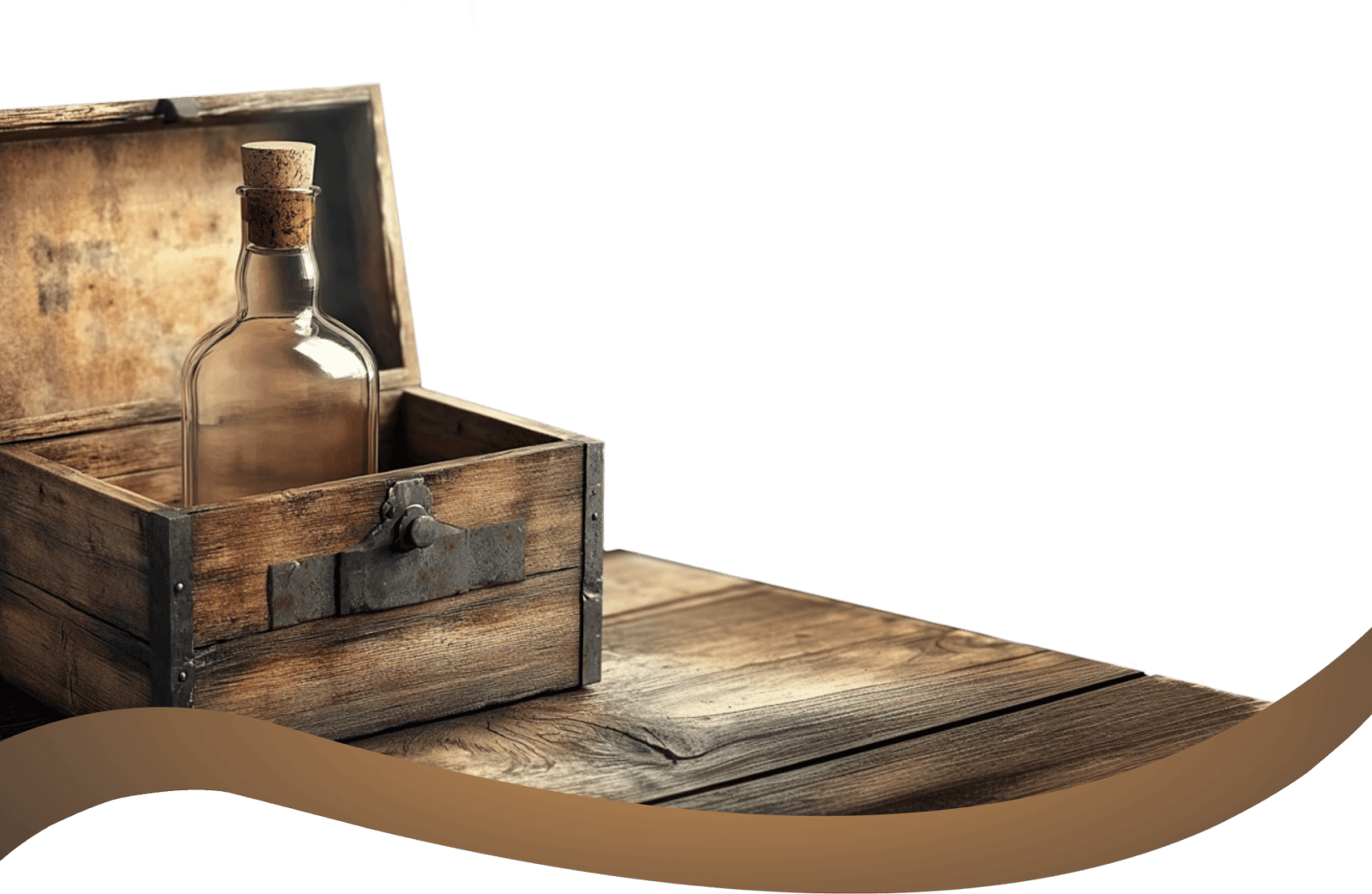
At the Florida Moonshine Company, we honor these storied traditions by crafting moonshine with both corn and sugar bases. Our products celebrate the diverse heritage of Florida’s sunshine and shine.
